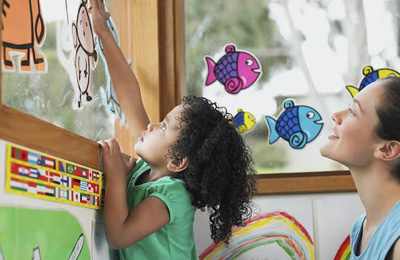Toolkit / May 26, 2014
Framing Child Development and Care in Australia

Framing Child Development and Care in Australia
A Communications Toolkit
This toolkit is designed to help communicators in the field to translate the science of early childhood development and mental health in the Australian context, in order to increase support for evidence-based programs and policies designed to improve child and social outcomes in Australia.